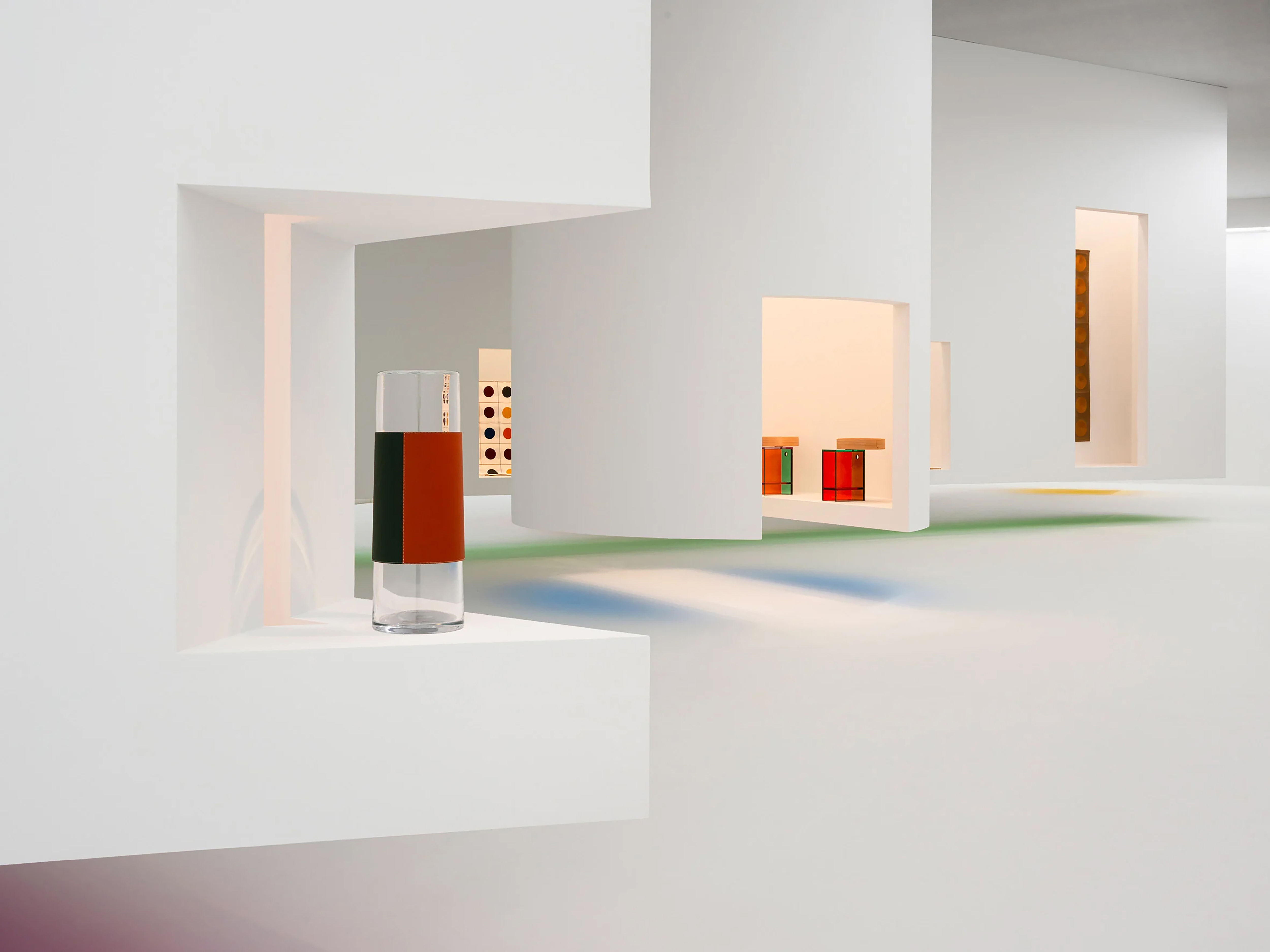Prize(s) Winners in Visitor Experience & Museum Exhibition
Lighting Design/Product Company L'Observatoire International
Lead Designers Hervé Descottes
Other Designer's names Etienne Gillabert, Elie Nespoulous
Architecture Company Studio CMP
Client Hermès
Photo Credits Maxime Verret, Courtesy of Hermès
Other Credits Lighting Supplier: Loupi
Completion Date April 8, 2025
Project Location Milan, Italy
Entry DescriptionFor Hermès at Milan Design Week 2025, the lighting design—developed in dialogue with the scenography by Charlotte Macaux Perelman and Alexis Fabry—transformed the former sports hall of La Pelota into an immersive, luminous experience. Suspended translucent boxes cast soft halos of vibrant color across a white gridded floor, subtly shifting as visitors moved through the space. These atmospheric elements appeared weightless and ephemeral, creating an ethereal journey through a sequence of luminous impressions.
Light was not treated as a background tool, but as an expressive, sculptural component. Carefully positioned, concealed LED sources allowed the light itself to become the visual focus—turning crafted objects into radiant moments of discovery. Every lighting gesture was purposeful, designed to highlight texture, form, and materiality while offering rhythm and clarity to the visitor's path.
The scenography relied on restraint—limited materiality, controlled contrast, and an almost immaterial palette—to evoke intimacy and emotional resonance. Rather than overwhelm, the installation offered visitors calm and spatial clarity amid the saturation of Milan Design Week. The lighting articulated an atmosphere of softness and precision, reinforcing Hermès’ attention to craft through a scenographic language that spoke quietly, yet with intention.
Sustainability ApproachThe installation prioritized restraint and minimalism, using light as the primary material to shape atmosphere and guide experience. Relying on energy-efficient, long-lasting LED sources, the design minimized power consumption while ensuring high color fidelity. With almost no added color or excess material, the scenography achieved emotional depth through immaterial means—demonstrating how precision and simplicity can reduce environmental impact without compromising intensity or craft.


